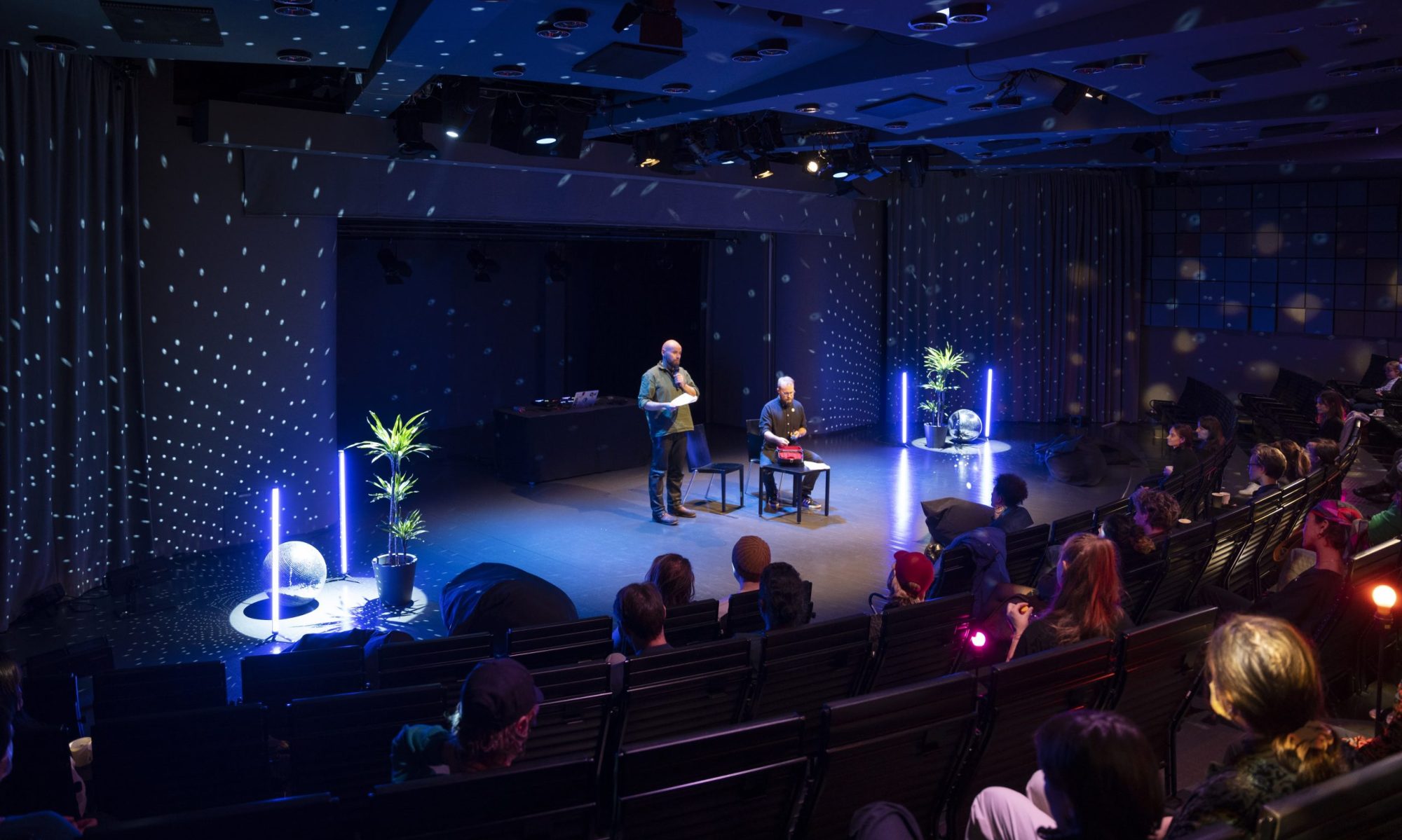Busy two weeks. Applied funding from: AVEK (Didn’t get 3000€ funding), SKR – Uudenmaan maakuntarahasto (Didn’t get funding), Taike (Didn’t get 6 month grant) and send proposals for HAM gallery (Didn’t get a show) and Place Publique (Got positive feedback but no residency).
Also preparing a teaching gig for Kankaanpää Art School. This time we’ll be reading (Communism for Kids by Bini Adamczak, 2014), writing, moving (I’m still on Kettlebells) and voting.
Up next… Updates to my portfolio and electronics (I have a nifty set of eurorack kits in the works). I build a DIY liquid carbonation system and I can now manufacture sparkling water and sodas (currently I have a batch of Ginger-beer in the works). During the weekend I converted white wine to sparkling wine! I plan to manufacture sparkling mineral waters from regional fountains (which can be found using the brilliant loydalahde.com service) and to clone famous mineral waters (such as San Pelligriano) following guides found on the khymos.org blogpost from 2012.
A 10l batch of San Pelligriano clone would require:
- 0,92g Table salt
- 5,7g Epsom-salt
- 4,8g Plaster of Paris
- 1,5g Chalk
Kenen ajalla elät? [On Who’s Time?] (2019) Kaino Wennerstrand. Part 1 of 5. A thoughtful text which investigates the lived experience of people who have to sacrifice their time and to constantly change their pace, to accommodate the falsified idea that contemporary capitalism makes everything available.
Perinnön vaalimista täystuhon äärellä [Protecting Cultural Legacies in the Face of Annihilation] (2018) Anna Jensen. A bright text questioning the motives of cultural preservation. I agree with Jensen but I have to argue that not all narratives need dismantling (previous post) and putting things in the museum (or defining them as UNESCO World Heritage things) is a good strategy for positioning the things to the past, offering them for the gaze of the public (for critical re-evaluation) and nullifying their mythological force (which is the case of the Swastika symbol is a good thing).
The gilets jaunes: Giving colour to suffering (2019) Benoit Bohy-Bunel. The text starts as a rant which is difficult to follow. I only read the chapter 4 titled “Brief remarks on the ‘yellow vests’ movement”, which offers a reading to the reported right-wing elements of the movement: Some parts of the moment are racist, because the nation-state subjectivity (the crisis of which Gilets Jaunes manifests) is rooted on racism.
[…] The racist, homophobic acts present in certain demonstrations, the nationalist, populist, sexist, ableist, anti-migrant and anti-social-assistance speeches, which have met with some success in certain parts of this movement, reflect the crisis of this subject-form and the rise of crisis ideologies.
There are many testimonies of suffering or social anger in this movement. These testimonies directly question the existence of the State and capitalism, with all that they imply (racism, patriarchy, ecological destruction, ableism, ageism). But the translation of this suffering, which is made against the backdrop of the crisis of the subject-form and the diffusion of populist ideologies of crisis, is not systematically emancipatory. What would be properly subversive would be to grasp, collectively and individually, the root of this lived suffering, and the radicality that it designates, so as to counteract the reactive and identity responses to the suffering. Such a capacity is not the privilege of ideologues, even “critical” ones, who would have to “educate” the “people”. Such a capacity eventually develops in the praxis of struggle, which can induce new encounters, new awareness, and new forms of life.

